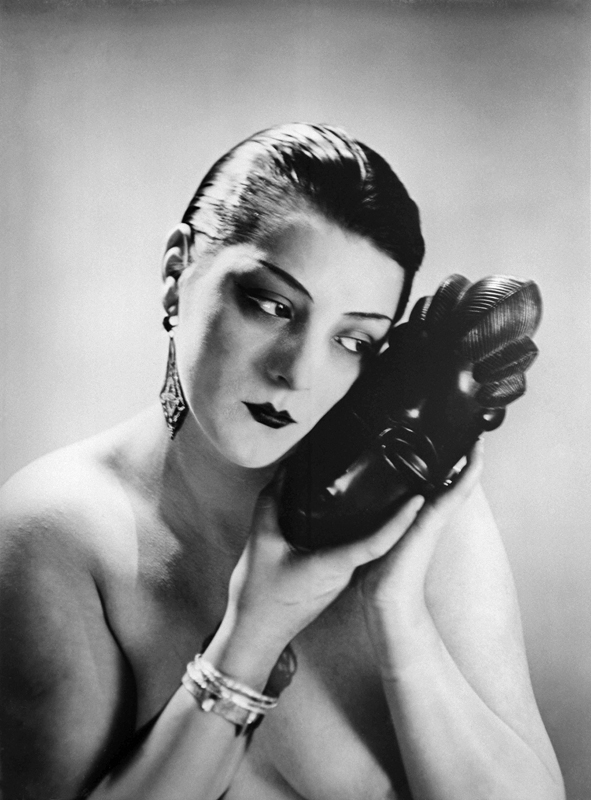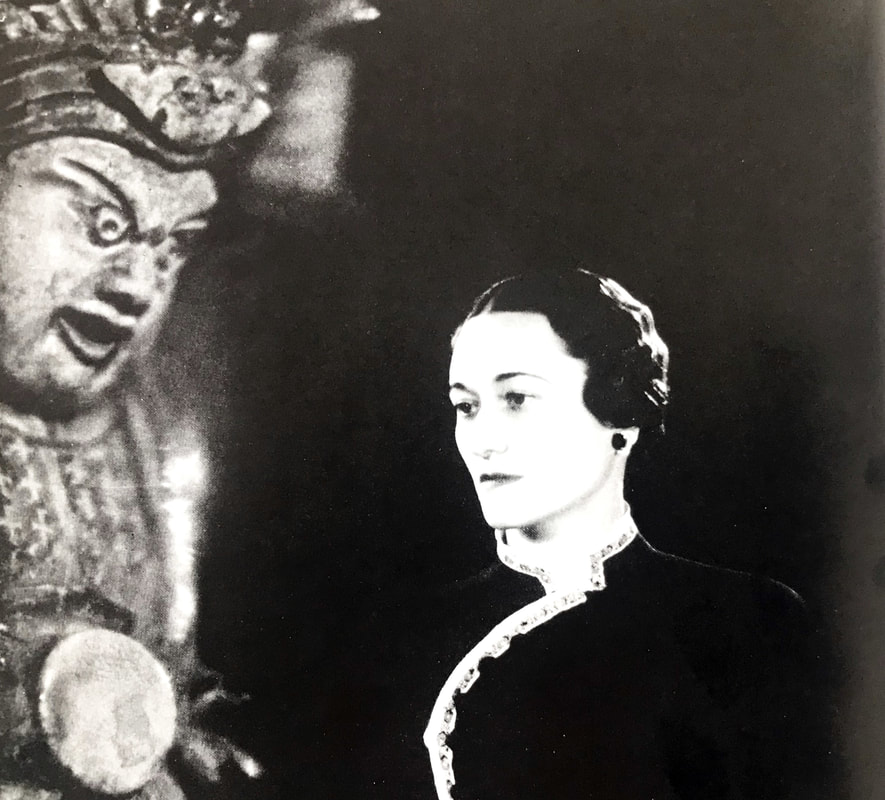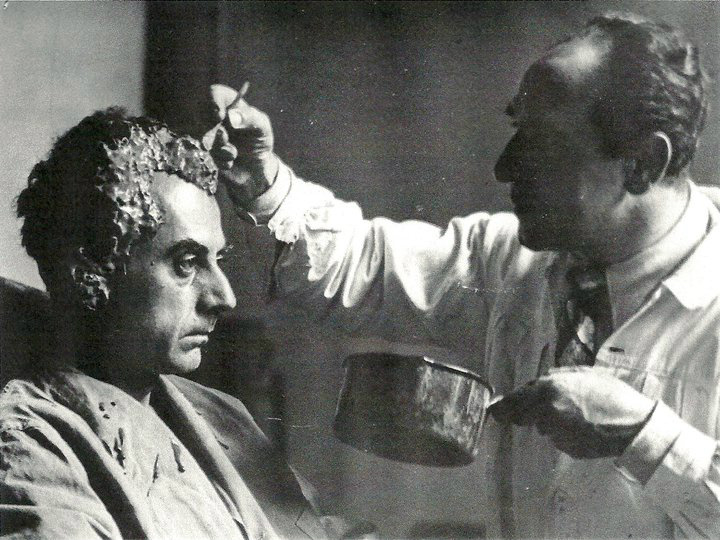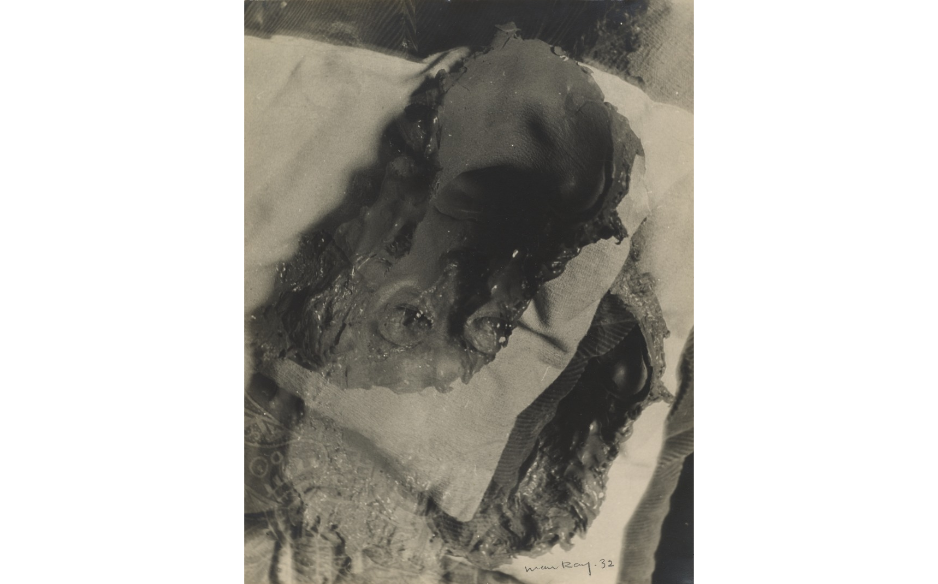An Homage to Tadeusz Rolke in 10 Photographs
Tadeusz Rolke, hailed as an icon and legend of Polish photojournalism, died in his native Warsaw in July 2025, at the age of 96. He dedicated his...
Guest Author 6 October 2025
The first artist that comes to mind if one says “masks” is James Ensor, so if you feel like reading about eerie atmosphere and skeletons, click here. But if you want to find out about another artist who often featured masks in his work, stay with me. This is Man Ray and his masks.

Yousuf Karsh (1908-2002), was a photographer who, as a teenager, fled the Armenian Genocide with his family and reached Canada with the status of a refugee. By the 1930s he established himself as a photographer in Ottawa and quickly became known for his portraits. Throughout his 60-year-long career, he photographed the most notable personalities of his era, often featuring on the cover of Life magazine. He has been described as one of the greatest portrait photographers of the 20th century, no surprise Man Ray agreed to sit for him.

Man Ray was born Emmanuel Radnitzky, the eldest child of Russian Jewish immigrants in Pennsylvania. Due to frequent antisemitic reactions and discrimination, in around 1912 the Radnitzky family changed their surname to Ray, chosen by one of the artist’s brothers, while Emmanuel, who was called “Manny”, changed his first name to Man.

André Breton once described him as a pre-Surrealist. Although he held a natural affinity for the style and as early as 1920 his work had Surrealist undertones, his ties with the movement were rather informal. He was strongly influenced by Dada and Marcel Duchamp, who also often featured in Ray’s photography.

Although American, he spent most of his career in France, painting and photographing, which for him symbolized the gap between art and life. Apart from photography for its own sake (inventing his own technique of making photograms, which he called “rayographs“), he also created loads of commercial photos for the film and fashion industries, as you can see below. Some of them also include Man Ray’s masks.



Thanks to a descendant of Man Ray, the long unknown identity of the sculptor depicted in this photo was revealed in 2013. Paul Hamann (1891-1973) enjoyed a brief celebrity moment during the 1930s when he developed a substance for creating life masks. Apparently, the lotion was so pleasant to the sitter that Elizabeth Arden even asked him for the formula. Sadly, Hamann had to flee Germany because his activity was denounced by the Nazis as degenerate. Subsequently, he was interned on the Isle of Man alongside many refugee musicians and artists.

According to a catalog by the Warren Gallery announcing an exhibition of Hamann’s Mask Portraits in June 1930, Paul Hamann’s substance
looks like tomato soup and smells faintly of vanilla… It is the gentlest, kindliest, most coaxing process imaginable… And the result, as you observe, is magnificent… All this will be achieved by you and Herr Hamann if you consent to sit patiently in a chair for forty minutes.
Hamann’s Mask Portraits, 1930, Warren Gallery.
DailyArt Magazine needs your support. Every contribution, however big or small, is very valuable for our future. Thanks to it, we will be able to sustain and grow the Magazine. Thank you for your help!